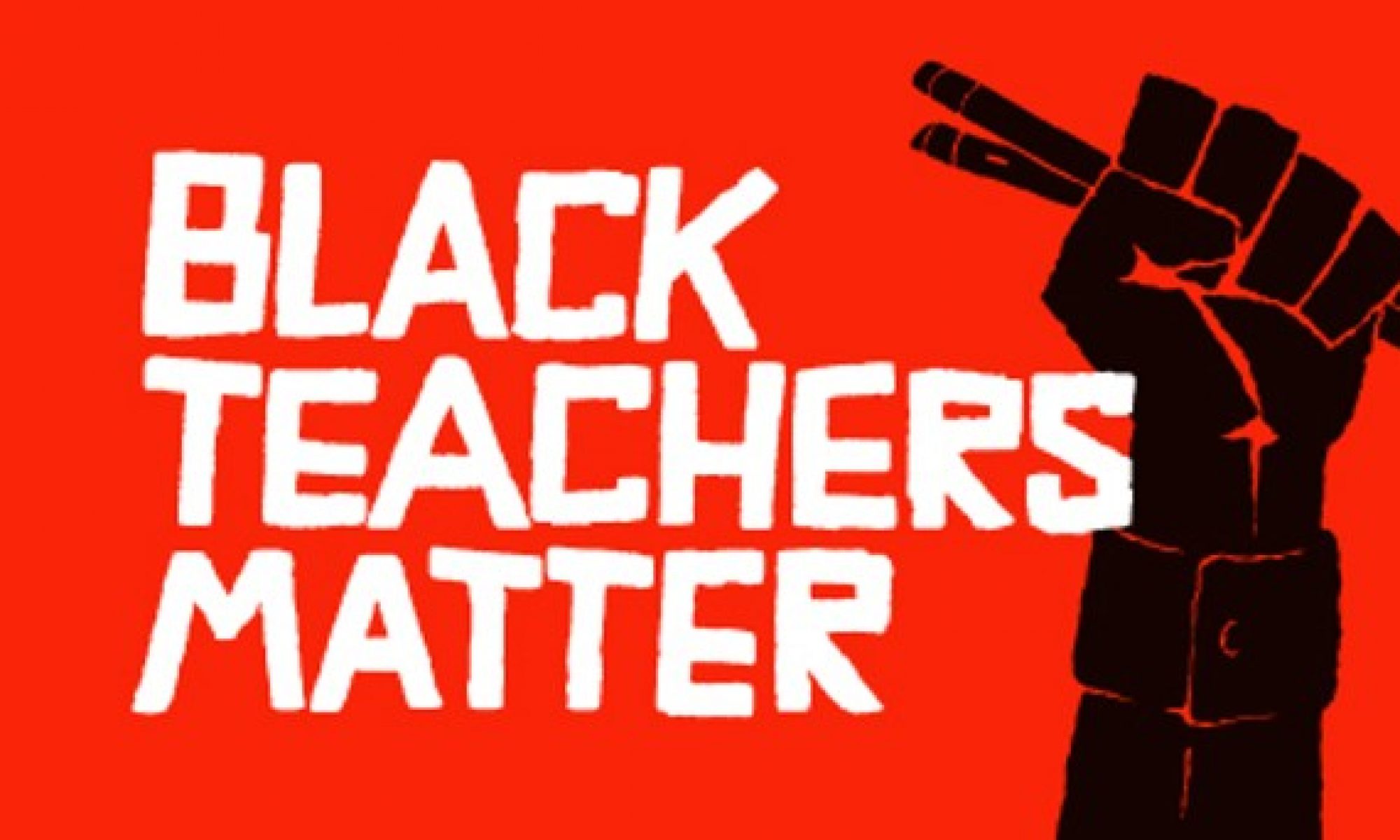Standard 3.c: Using Resources and Technology Effectively in ESL and Content Instruction
Candidates are familiar with a wide range of standards-based materials, resources, and technologies, and choose, adapt, and use them in effective ESL and content teaching.
The artifact I chose for Standard 3.C was a slideshow that was rich in visuals and student-led activities based in Google Classroom. In this lesson, along with visuals, students were able to process the topic aurally in their own Google Classroom page. This artifact demonstrates my skill in assisting students in learning how to use technological resources for their own academic purposes. I find it necessary to use visuals and technology-based components in my lessons because my ELLs are very interested in social media. By acknowledging their technological savvy, I am able to teach them in a more productive way.
It is often challenging to teach ELLs concepts and ideas that are based in cultures distinctly different from their own. The artifact I chose was part of a unit on mythology, and I would often prod my students to try to sound out words that were mystifying even to my native speakers. With the aid of audio, my ELLs were able to hear the word spoken and, with their own Google Classroom page, practice speaking independently. By allowing students to educate themselves, I am demonstrating my proficiency at using a variety of resources to obtain materials that promote language, literacy, and content development in English and, when possible, the students’ home languages.
In addition, this particular artifact matched my teaching disposition, in that I prefer to be more of a facilitator rather than a lecturer. By using visuals and self-directed learning, my ELLs have more of an opportunity to discover ideas on their own. And more importantly, they can build self-confidence which is transferrable to other aspects of their education.
One area I would like to improve in regards to this standard is allowing students to assess themselves using the technology. I often find myself using either paper-based rubrics or nonverbal gestures such as Fist to Five or Thumbs-Up/Thumbs-Down as a self-assessment. In the future, I would like to use more kinesthetically-based assessments or use Plickers as a way to measure comprehension.


